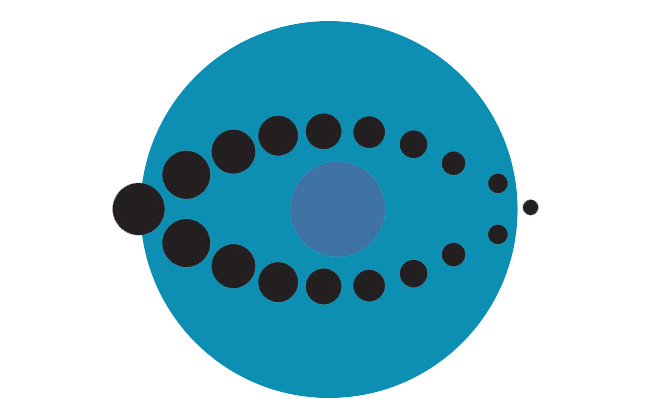
Google Glass and the future of advertising
The future of advertising is always something hotly debated by The Practice team. We love to speculate on which digital mediums will be the next big platforms for marketers to utilise, and how tactics such as real-time advertising will feature at upcoming events. Given our fascination with the subject, we were interested to hear news of Google’s new patent that could one day allow for advertising on Google Glass.
Ironically, the tech giant stated only earlier this year that they had no plans to display adverts on their new device, disallowing developers from using the technology for marketing purposes. Yet just last Tuesday, the tech giant were granted a patent for something which the firm has dubbed “pay-per-gaze” advertising; essentially, this offers advertisers an insight into how they could be charged based on the number of ad views generated while users are wearing their Google Glass headpieces. The “pay-per-gaze” advertising feature would use a gaze-tracking technique to disclose what a wearer is looking at over any given time. Advertisers would then be charged in accordance with when, for how long, and how directly the user engaged with the advert in question.
Most extraordinarily (and scarily!), the patent earmarks the possibility for Google to collect emotional data from each wearer based on pupil dilation and physical response; and from this, advertising charges might differ according to the level of engagement. With this in mind, what do we imagine this technology could lead to? How might our privacy be further affected? And might advertisers one day soon be able to suggest online purchases or digital menu food choices based on retina scanning, for instance?! At least there would be no getting away from what we as consumers, really wanted…Adding to this potentially sinister feature, the patent also emphasises the ability for something it calls “latent pre-searching.” This is literally a type of augmented reality whereby search results would be shown based on what a user looks at- (so basically a silent, ocular Siri of sorts.)
So what will advertising capabilities mean for brands? Might this cause a huge initial surge with marketers jumping to get on board, or will the radically different technology pose a barrier to communications with users and consumers? Who will win out? John-Paul Edwards, head of futures at Manning Gottlieb OMD, states that those who have a catalogue of relevant digital information at their disposal should bode well. He argues that companies who have “the best mapping data for their stores or those with the best semantic data about their products” are likely to see success. Ultimately, it’s about marketers drawing upon the unique features that Glass can offer when users are on the go- (maps, street view, apps and more) in line with their products, for greater consumer response.
So do you think Google Glass could be a lucrative medium for advertisers? Or do you think adverts flashing up in front of your eyes will be overly annoying? Take a look at the new patent and tell us what you think! We’d love to hear your thoughts, so please tweet to us @PracticeDigital and share your comments on our Facebook page.




